 It seems all IIoT is paved with good intentions. Yet many still are caught up in the “Pilot Purgatory” that McKinsey & Co and the World Economic Forum suggested is plaguing our present pathway to moving towards the 4th Industrial Revolution. In their white paper released in January 2018 called “The Next Economic Growth Engine- Scaling Fourth Industrial Revolution Technologies in Production,” they tackle this well.
It seems all IIoT is paved with good intentions. Yet many still are caught up in the “Pilot Purgatory” that McKinsey & Co and the World Economic Forum suggested is plaguing our present pathway to moving towards the 4th Industrial Revolution. In their white paper released in January 2018 called “The Next Economic Growth Engine- Scaling Fourth Industrial Revolution Technologies in Production,” they tackle this well.
We still face many problems in taking the “idea” of transformation through pilots into full-scale implementations. Many companies are in the investigative phase, where it is estimated that the average number of pilots can be around eight different industry 4.0 solutions. That is a fair amount, so why do we still seem trapped in pilots.
I think it is for many reasons; let’s take a look at several inhibitors here as my view: Continue reading
 Software stacks. This conquers up a certain mystery for me, so I decided to order up a plate to see if I can digest all they seem to be offering.
Software stacks. This conquers up a certain mystery for me, so I decided to order up a plate to see if I can digest all they seem to be offering.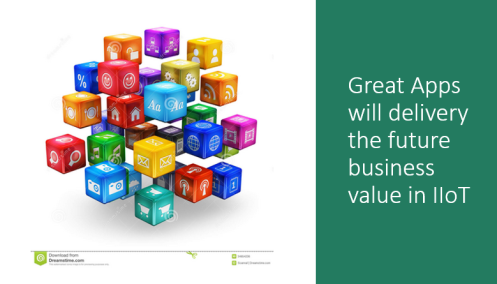 Technology is radically altering our need for innovation. We see increasingly innovation is feeding off the “digital response rate” and how we build and design the application software will transform IIoT as it has for our personal world (B2C), where we download apps on a daily basis to solve a problem or to improve our understanding.
Technology is radically altering our need for innovation. We see increasingly innovation is feeding off the “digital response rate” and how we build and design the application software will transform IIoT as it has for our personal world (B2C), where we download apps on a daily basis to solve a problem or to improve our understanding.

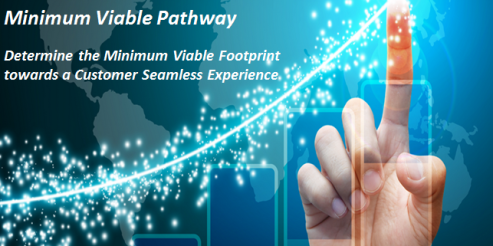 Throughout our blog posts about innovation, ecosystems and platforms, we’ve maintained one core theme: incremental, discrete product innovation will not create significant new revenues or disrupt markets.
Throughout our blog posts about innovation, ecosystems and platforms, we’ve maintained one core theme: incremental, discrete product innovation will not create significant new revenues or disrupt markets.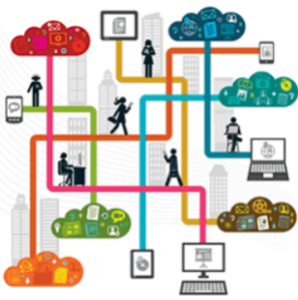 Through our discussions about innovation, ecosystems and seamless experiences we’ve highlighted the fact that 1)
Through our discussions about innovation, ecosystems and seamless experiences we’ve highlighted the fact that 1) 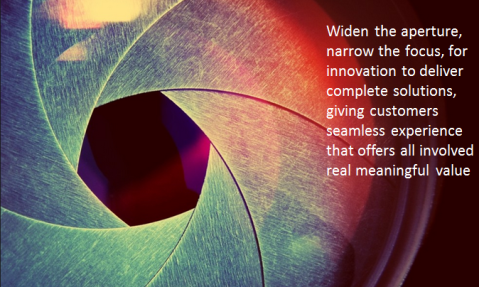
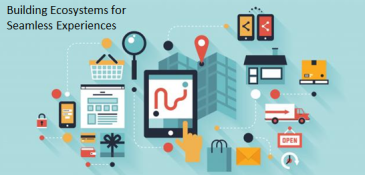
 We seem to be facing a major crossing-over point in innovation. We can either switch tracks and allow innovation to go on the slower line that continues to stop at all stations, picking up and dropping off, steadily working towards its final goal of “incremental delivery” or, we can decide to keep innovation on the fast track, picking up momentum because we need to treat innovation as ‘core’, essential and needed, to be delivering the growth engine our organizations are requiring today.
We seem to be facing a major crossing-over point in innovation. We can either switch tracks and allow innovation to go on the slower line that continues to stop at all stations, picking up and dropping off, steadily working towards its final goal of “incremental delivery” or, we can decide to keep innovation on the fast track, picking up momentum because we need to treat innovation as ‘core’, essential and needed, to be delivering the growth engine our organizations are requiring today.